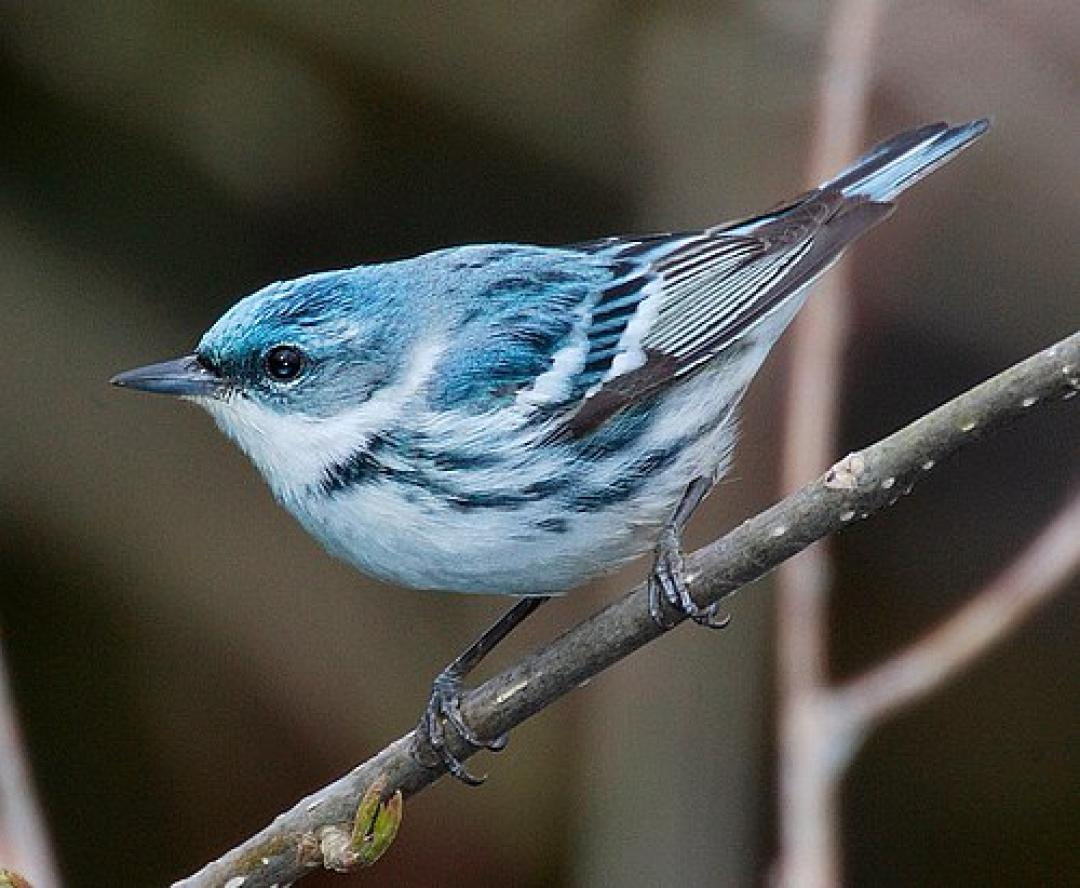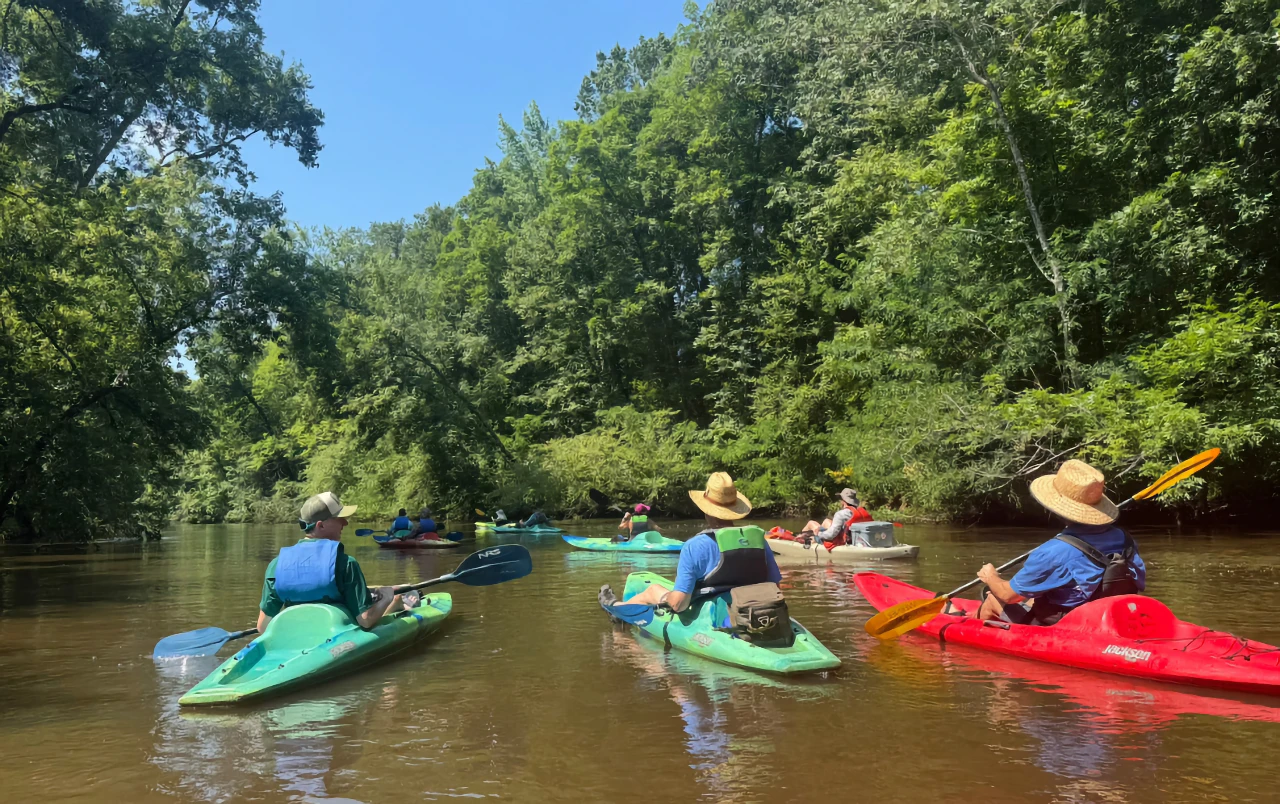Jon D. Bumpus
TennGreen Land Conservancy expands Cumberland Trail
 The cerulean warbler is among the bird species and others that will benefit from the latest land acquisition to expand the Cumberland Trail near the Emory River in Tennessee. Wikipedia Commons
The cerulean warbler is among the bird species and others that will benefit from the latest land acquisition to expand the Cumberland Trail near the Emory River in Tennessee. Wikipedia Commons
Nature Conservancy partners on Emory River watershed protection
WARTBURG — TennGreen Land Conservancy acquired about 58 acres near Wartburg to expand the Justin P. Wilson Cumberland Trail State Park and the Cumberland Trail. This important acquisition strengthens the long-term vision of connecting Tennessee’s first linear park from the Morgan County Visitor Center to Frozen Head State Park.
“TennGreen has long been committed to advancing the vision of the Cumberland Trail, and this acquisition represents an important step in enhancing trail connectivity while protecting ecologically rich lands,” said Alice Hudson Pell, TennGreen’s Executive Director.
The newly acquired property lies within several significant conservation planning areas, including the Catoosa, Frozen Head, and Upper Cumberland Areas of Interest (as designated by the Heritage Conservation Trust Fund) and the Catoosa/Emory River Conservation Opportunity Area. It also provides vital habitat for high-priority species including green salamanders (Aneides aeneus) and cerulean warblers (Setophaga cerulea).
Conservation allies save Hatchie River watershed from auction block
 The Hatchie River in McCrairy County, Tennessee is known for both its ecological value and its recreational value. TennGreen Land Conservancy
The Hatchie River in McCrairy County, Tennessee is known for both its ecological value and its recreational value. TennGreen Land Conservancy
TennGreen secures protection for last unchanneled tributary of Mississippi River
Jon. D. Bumpus is TennGreen Land Conservancy communications director.
SELMER — TennGreen Land Conservancy, The Nature Conservancy in Tennessee, and The Conservation Fund joined forces to protect 1,273 acres of ecologically rich bottomland hardwood forest and wetlands along the Hatchie and Tuscumbia rivers in McNairy and Hardeman counties. The conservation of this land is a milestone achievement in one of Tennessee’s most treasured and threatened river systems.
Late in the fall of 2024, the Hatchie River Conservancy alerted TennGreen that the property was headed to auction in just two weeks. Time was of the essence. The tract, slated for sale in six parcels, each in separate auctions, was at risk of becoming permanently fragmented. TennGreen and partners negotiated a delay, secured an appraisal, made a direct offer, and successfully canceled the auction.
In 2025, the property was officially acquired, funded in part by the Heritage Conservation Trust Fund, and is now under the jurisdiction of the Tennessee Wildlife Resources Agency (TWRA). This landscape will become a publicly accessible Wildlife Management Area, providing not only critical habitat but also new opportunities for outdoor recreation in West Tennessee.
Flowing freely through the hills and bottomlands of six Tennessee counties, the Hatchie River is the last unchanneled, free-flowing tributary of the lower Mississippi River. Its 238 miles wind through dense forests, canebrakes and swamps, supporting astonishing biodiversity.
- hatchie river
- west tennessee land preservation
- tennesse wildlife resources agency
- tenngreen
- tenngreen land conservancy
- eastern slender glass lizard
- buford pusser
- tuscumbia river
- johnd d bumpus
- threatened river system
- the conservation fund
- hatchie river conservancy
- bottomland hardwood
- heritage conservation trust fund
- wildlife management area
- critical habitat
- outdoor recreation
- biodiversity
- class i natural river area
- scenic river classification
- floodplain ecosystem
- ophisaurus attenuatus longicaudus
- endangered species
- big hill pond state park
- tennessee state wildlife action plan
- southeast conservation blueprint
- memphis sand aquifer